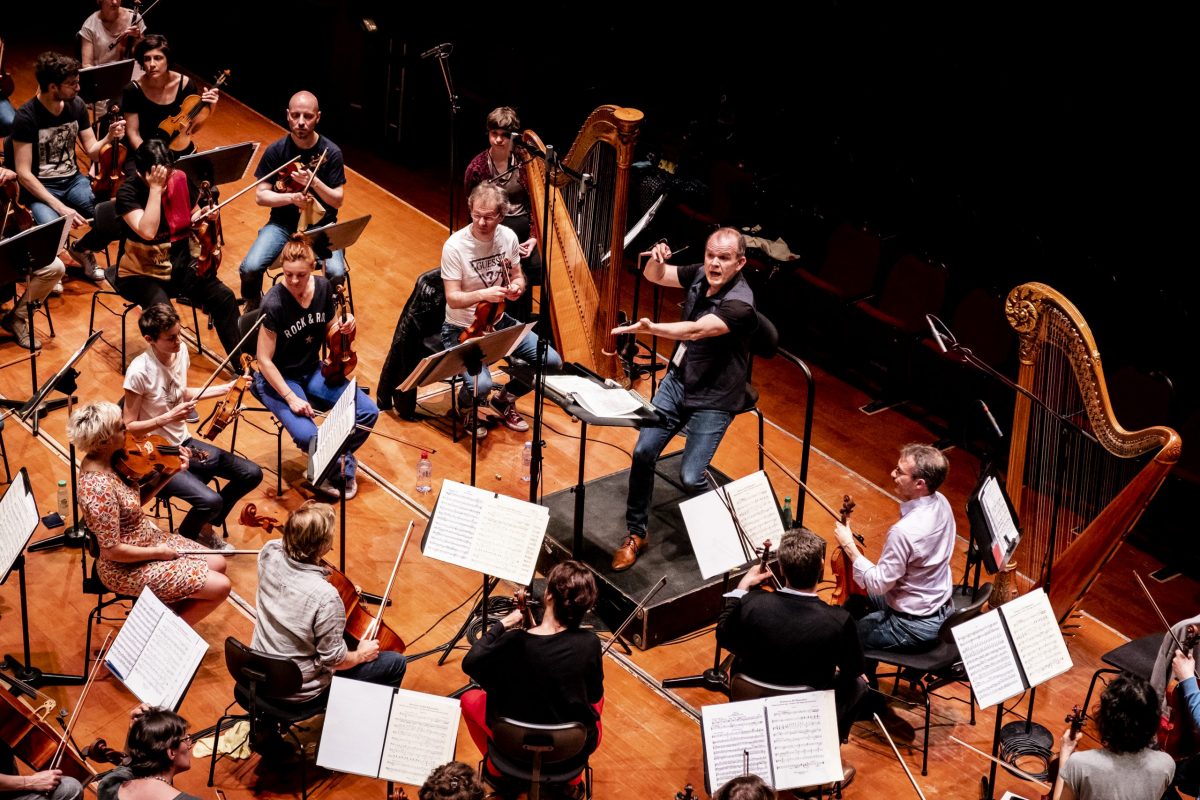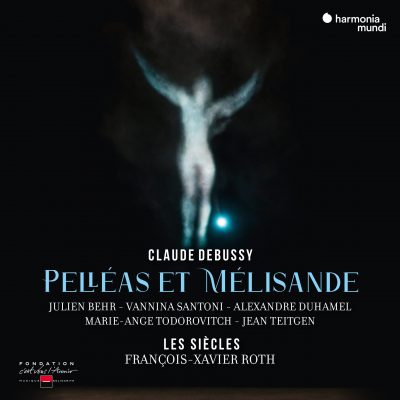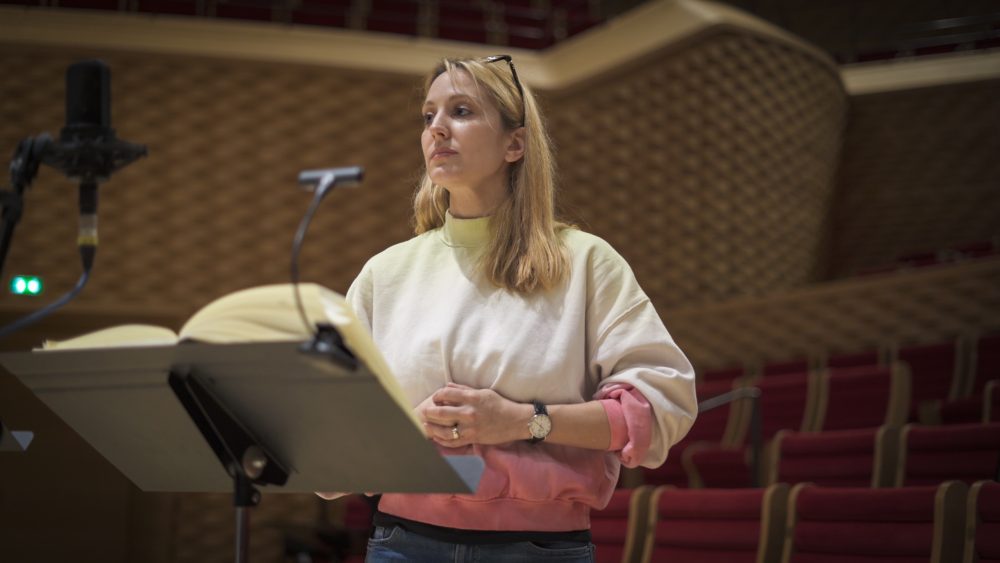by Andrew Appel
Published March 21, 2022

Claude Debussy’s Pelléas et Mélisande. Les Siècles, conducted by François-Xavier Roth. Harmonia mundi HMM905352.54
Our community of historically informed musicians marries imagination to reason. By design, we create a sound world that attempts to bring us closer to the old masterpieces we cherish. At the Juilliard School, I remember a teacher who had us listen to an old recording of Ravel’s Valses Nobles et Sentimentales. He asked for our reactions. For the great part, we were dismissive. The pianist was Ravel.
 We learn from hearing Bartók and Rachmaninoff play their own music. We can hear Debussy accompany soprano Mary Garden (the first Mélisande) in recorded performances that answer the question, “How would Debussy play this?” We can even hear Mary Garden talk about her work with Debussy.
We learn from hearing Bartók and Rachmaninoff play their own music. We can hear Debussy accompany soprano Mary Garden (the first Mélisande) in recorded performances that answer the question, “How would Debussy play this?” We can even hear Mary Garden talk about her work with Debussy.
What would we give to hear just five minutes of Couperin playing the harpsichord or Senesino singing Handel? And yet, we are forced to ask what we would perceive and what would we adopt to inform our own interpretations of these works. Could we possibly ignore Rameau as we seem to easily reject Ravel?
Conductor François-Xavier Roth and his excellent orchestra Les Siècles have produced an important recording of Claude Debussy’s Pelléas et Mélisande, possibly the operatic high point of the early 20th century. Roth’s performance satisfies much of what we know and what we are expecting from the knowledge we have of Debussy’s values and intentions:
“Music predominates insolently in the opera house,” Debussy said in an interview. “Too much singing. Musical dressing too heavy. Melody only when it’s worthwhile. Shading of colors. Grisaille. No musical developments ‘for development’s sake.’ [They are] errors! Extended development does not, cannot, stick to the words. I dream of short poems: mobile scenes.”
In listening to Roth’s excellent orchestra and satisfying singers, I didn’t expect a performance that would negate the fine performances already available. It does, however, illuminate the work in many ways. Standing out is the importance of the poetry, so central to Debussy. Every singer performs with clear and bold enunciation. The impression is that of a stage play with a vibrant backdrop of orchestral sound. The orchestra creates the magical world in which the singers/actors live out the myth. Though always sensitive and responsive, the orchestra and singers do not form one woven texture of music as happens in Puccini or Strauss. They are tightly aligned but always distinguishable.

This is a clear and rich recording. The singers’ diction is sculpted and, even without a libretto, it is possible to understand every word. We are moved here by both the music of pitches and the music of language. Soprano Vannina Santoni and tenor Julien Behr, as the title characters, are beautiful and sweet-sounding singers—but with voices that radiate a more recent ideal of voluptuousness and with more vibrato than we hear in recordings of Mary Garden. For my ear, the shimmer of Santoni’s voice adds magic to her Mélisande (and we know that Garden was never considered a beautiful singer in her time).
Most revelatory is the sound of the orchestra. Breaking away from the traditions of a liberally applied string vibrato and a wavering sound from winds, there is more contrast between sections of the orchestra. Under Roth’s baton, the colors of Debussy’s orchestration are astoundingly beautiful. The cleaner tonal focus of Les Siècles’ string playing highlights Debussy’s harmonic language and his intention to create sublime sonorities from an unexpected chord or combination of tones. It places demands on all the musicians to be in perfect tune and the orchestra lives up to these demands. In the excellent CD booklet, Roth underlines the benefits of the older instruments and the performance styles known to Debussy.
Yet the issues of vocal sound and the attitude towards performance style pose more complicated and interesting questions. There is no doubt that gut strings and late 19th-century instruments add to the beauty and originality of Debussy’s writing. But do we want to adopt every aspect of Debussy’s sound world into our own? Do we prefer to call upon the highly refined and skilled vocal qualities that are prevalent today, or are we obliged to adhere to the styles of the past?
Possibly we should have a Mélisande mélange of present ideals and past characteristics. Were my colleagues at Juilliard wrong to reject the free, almost sloppy approach of Ravel in favor of the more masterful and solid beauty of Rubinstein’s pianism? Performance, after all, is not archeology but theater. With this in mind, Roth and Les Siècles have given us a balanced, informed, and compelling version of Pelléas et Mélisande.




